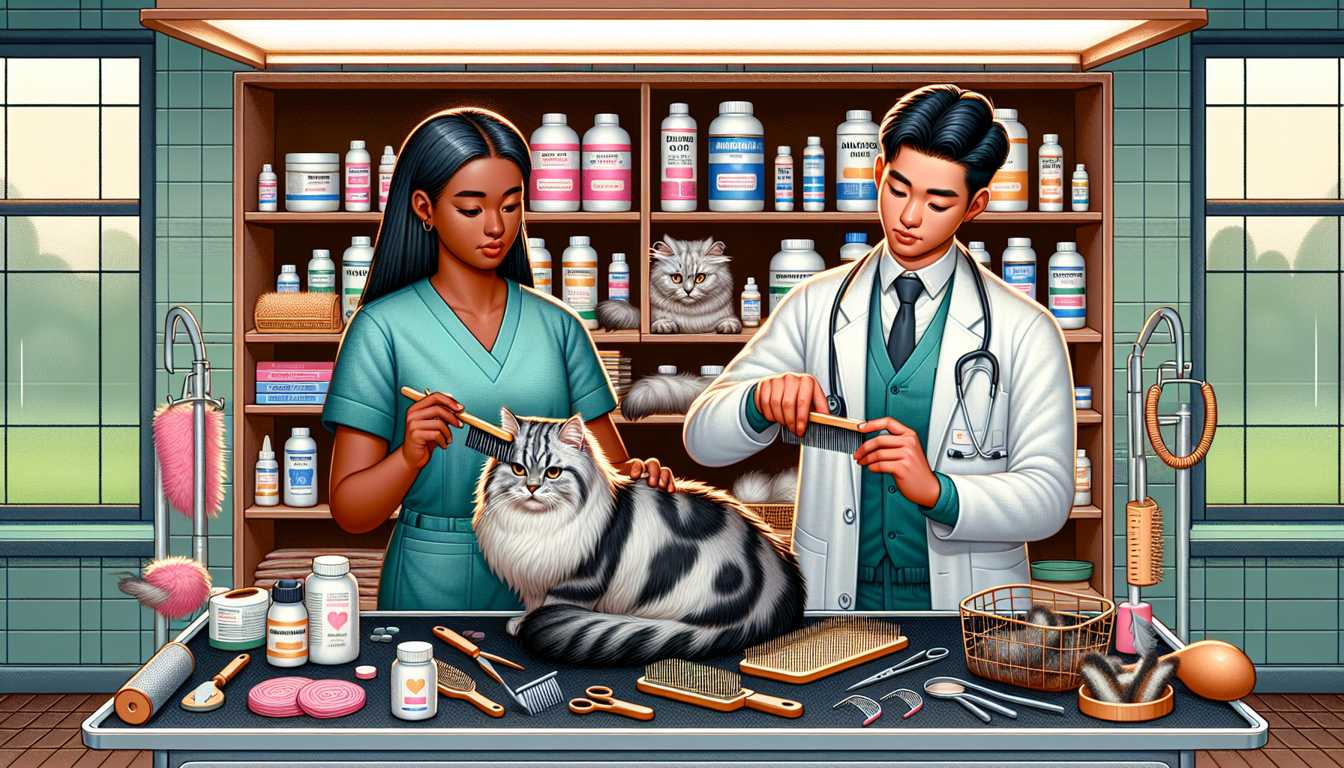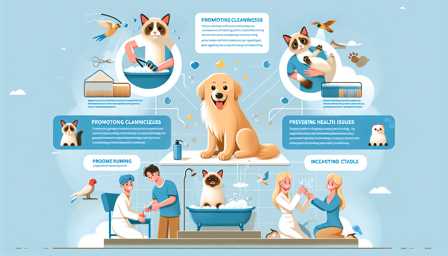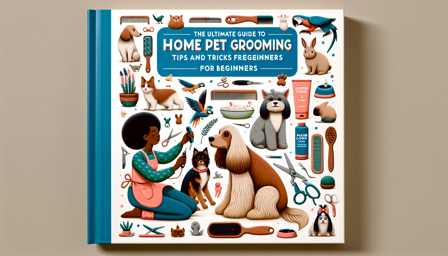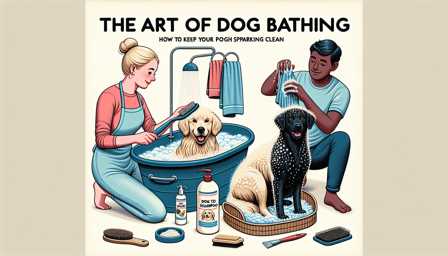
Cat Grooming 101: Managing Mats and Maintaining Fur Health
Grooming is an essential aspect of caring for your cat, contributing not just to their appearance but significantly to their overall health and well-being. A well-groomed cat is not only happier and healthier but also less prone to developing skin issues and infestations. This comprehensive guide will walk you through the basics of managing mats and maintaining your cat's fur health, ensuring your feline friend stays clean, comfortable, and content.
Understanding Your Cat's Fur
Before diving into grooming techniques, it's crucial to understand the type of fur your cat has. Cats come with a variety of coat types - short, long, curly, and even hairless. Each type requires a specific grooming approach. Short-haired breeds generally need less grooming, while long-haired cats require more frequent sessions to prevent matting and tangles.
Tools for the Task
Selecting the right tools is the first step towards effective grooming. Here are some must-have grooming tools for cat owners:
- Brushes and Combs: A slicker brush is great for removing loose fur and preventing mats, especially in long-haired breeds. A metal comb can help with detangling and finishing touches.
- Detangling Sprays: Products like the TropiClean Tangle Remover can help ease the grooming process by softening knots, making them easier to comb out without causing discomfort to your cat.
- Mat Splitters: For severe matting, a mat splitter can safely cut through the mat without harming the skin.
- Grooming Clippers: In extreme cases, grooming clippers may be needed to remove mats that cannot be safely detangled.
Managing Mats
Mats are dense knots of fur that can pull on the skin and lead to discomfort or even pain for your cat. Here’s how to manage them:
- Regular Checks: Frequently check your cat's fur for any signs of knotting, especially in areas prone to matting, such as under the arms and around the neck.
- Gentle Detangling: If you find small mats, use a comb or your fingers to gently tease them apart. Detangling spray can assist by making the fur easier to work with.
- Mat Removal: For larger mats, use a mat splitter or clippers. It’s important to be extremely cautious to avoid cutting the skin. If you’re uncomfortable or the mat is too close to the skin, consider seeking professional help from a groomer or vet.
Maintaining Fur Health
Beyond mat management, maintaining your cat's fur health includes regular brushing, bathing, and diet:
- Brushing: Regular brushing removes loose fur, dirt, and debris. It also spreads natural oils throughout the coat, promoting healthier skin and fur.
- Bathing: While cats generally keep themselves clean, occasional baths can help manage excess oil, dander, and dirt. Use a cat-specific shampoo, like Earthbath All Natural Pet Shampoo, to avoid drying out their skin.
- Diet: A nutritious diet plays a vital role in fur health. Foods rich in omega-3 and omega-6 fatty acids can help keep your cat’s coat shiny and healthy.
Professional Grooming
While many aspects of grooming can be handled at home, professional groomers offer valuable services, especially for cats with long fur or those prone to severe matting. They can also provide nail trimming, ear cleaning, and other grooming services that might be challenging to do at home.
Conclusion
Grooming your cat is a bonding experience that can improve their health and happiness. By investing time in learning proper grooming techniques and understanding the needs of your cat's fur type, you can prevent matting and maintain a beautiful, healthy coat. Remember, patience and gentle handling are key. If you're ever in doubt, especially when dealing with severe mats or skin issues, don't hesitate to consult a professional groomer or veterinarian. Happy grooming!



